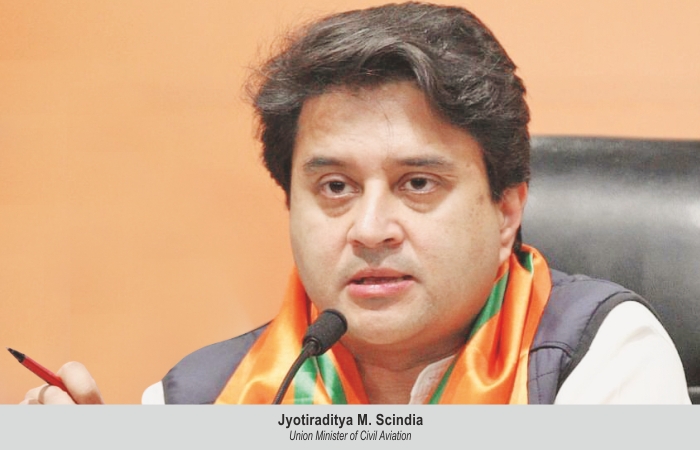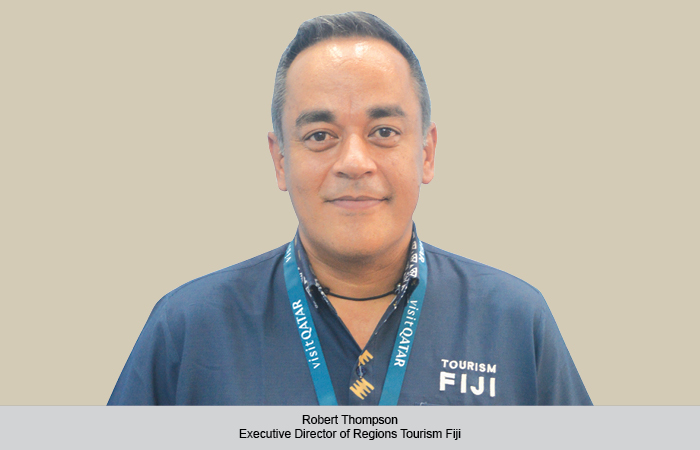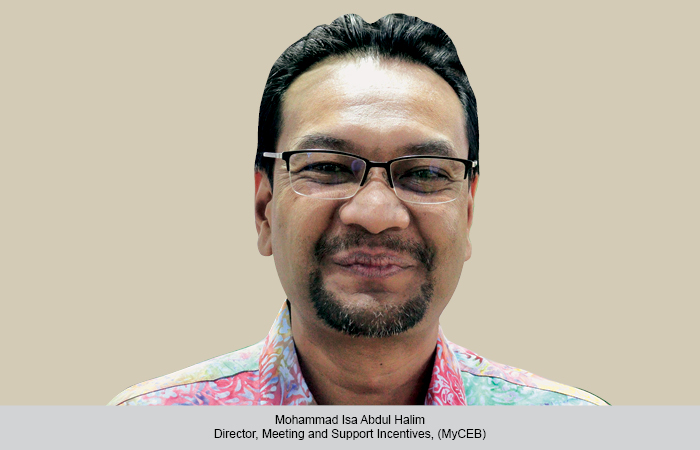India’s aviation market has witnessed remarkable growth, becoming the third-largest domestic market globally. MoCA has focused on promoting regional connectivity through UDAN scheme. The sector faces challenges such as seasonal fluctuations and capacity constraints. Efforts are being made to rationalize pricing, with reductions on key routes.
Janice Alyosius
India has emerged as the third-largest domestic aviation market globally. The number of domestic passengers has doubled from 60 million in 2014 to 143 million in 2020. International passengers have also shown substantial growth, marking an increase of almost 50 per cent, rising from 43 million to 64 million. Despite challenges posed by COVID, the number of aircraft have risen from around 400 in 2014 to 723 in 2023, said Jyotiraditya M.
Scindia, Union Minister of Civil Aviation, celebrating the MoCA’s achievements on the completion of nine years of the BJP-led NDA government in New Delhi.
Airport expansion, connectivity
Progress has been made in expanding airport infrastructure across the country. The Minister said, “Until 2014, only 74 airports were operational in India. The Union government has operationalized an additional 74 airports, helipads, and water aerodromes by March 2023, with an objective of reaching a total of 220 airports. This expansion ensures improved connectivity and accessibility for passengers.”
Regional connectivity through UDAN
Over the past nine years, the ministry has operationalized 11 greenfield airports. Under the UDAN scheme, 180 Regional Connectivity Scheme (RCS) airports, including 25 water aerodromes and 40 helipads, have been identified to facilitate regional flights in India. Currently, 475 RCS routes out of the awarded 1,152 routes are operational, connecting 74 airports, including nine heliports and two water aerodromes. He highlighted, “The RCS UDAN scheme has enabled 121.67 lakh passengers to travel, with `2585.25 crore released as VGF to select airline operators. The recent launch of Udan 5.1 focuses on enhancing helicopter routes, further expanding regional connectivity.”
Birth of new airlines
Emphasizing the significant growth in India’s aviation sector, with the emergence of new airlines after a span of 25 years, Scindia said, “For instance, Akasa Airlines started with only two aircraft and now boasts a fleet of 16 planes. The Udan Yojna has operationalised many regional airlines, including Star Air, IndiaOne Air, and FlyBig.
It is crucial to highlight these success stories to inspire others to contribute to the growth of the aviation industry.”
Seasonal schedules, capacity constraints
The minister acknowledged the aviation industry, like the rest of the world, operates in seasons. “The high season in India occurs between October-January during the festive season, followed by a low season between February-April. The holiday season between May-July marks another high season, which transitions into another low season with the onset of the monsoon. The current surge in demand can be attributed to excess operations and capacity constraints caused by airlines such as Go First suspending services. This combination of increased demand and limited capacity has resulted in a tremendous influx of passengers and higher seat load factors, ranging from 94-95 per cent,” he said.
Rationalize pricing
At a meeting with all airlines to address the issue of high air fares, Scindia stressed the importance of rationalizing pricing, particularly on sectors that have experienced maximum pressure due to unforeseen incidents in locations such as Manipur, Odisha, and Bhubaneswar. “Following the meeting, significant reductions in air fare were observed, with prices dropping between 14 per cent and 61 per cent on Delhi-Srinagar, Delhi-Leh, Delhi-Pune, and Delhi-Mumbai routes. The DGCA and we are monitoring ticket pricing daily,” he said. The MoCA remains committed to facilitating the growth of the aviation sector, Scindia added.
 TravTalk India Online Magazine
TravTalk India Online Magazine





